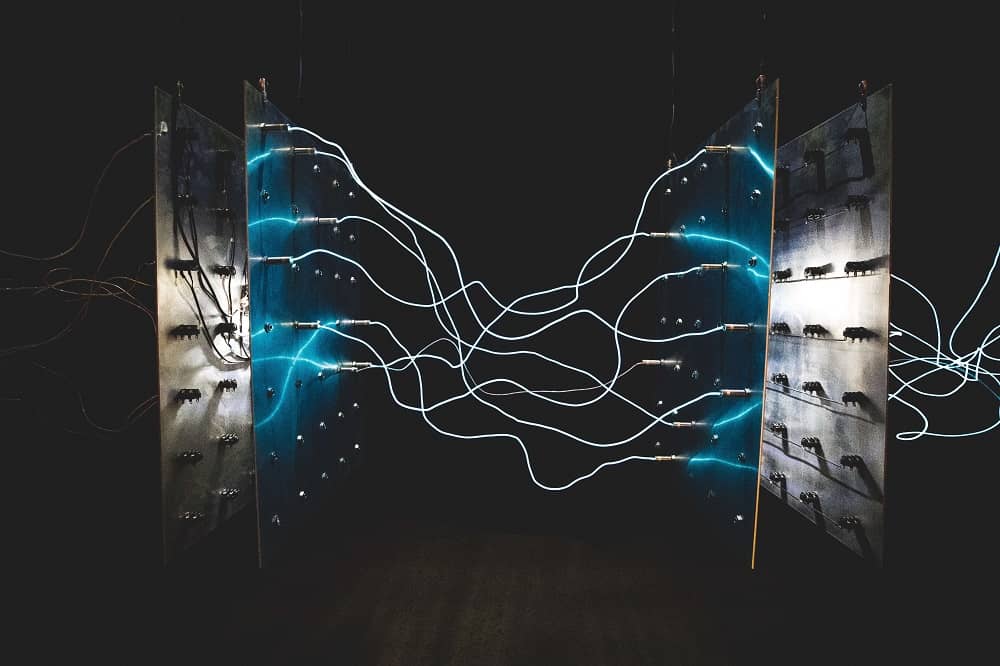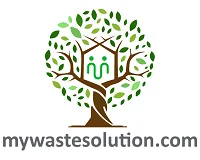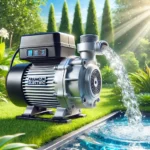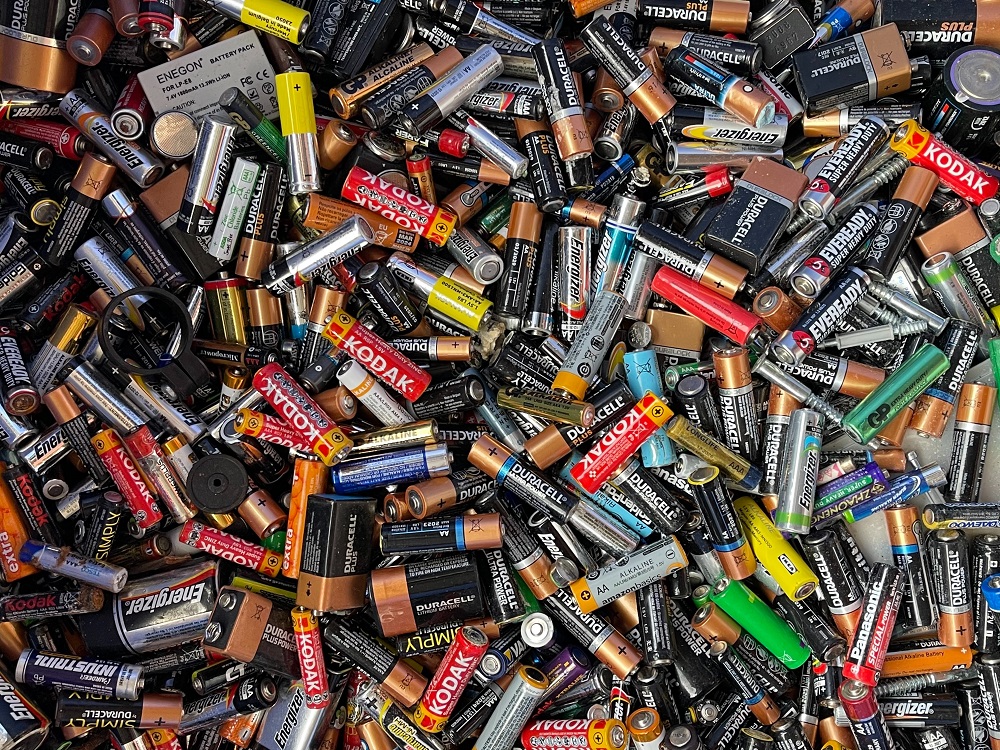We live in a world that generates vast amounts of waste everyday. This comes as a challenging factor to manage the waste generated. However, there are also opportunities for many, including electrical engineers to generate waste into electricity and produce much needed renewable energy. Consult with our renewable energy consultants here!
As I mentioned before in my blog “The Potential of Waste to Energy in India.” There are several ways we can generate energy from waste and this is one among them.
According to a report from Electrical India, more than 900 thermal waste to energy plants operate worldwide as of today. These plants treat an estimated 200 million tons of municipal solid waste with an estimated output of 130 terawatt hours of electricity. Connect with the top waste to energy consultants here!
In India, Shadnagar facility of 6MW in Andhra Pradesh is the first operational waste to energy (WTE) plant. Selco has a 20 year PPA with APTRANSCO at 3.48/kWh and connects to the grid through a 33/11kV substation.
The Process of Waste to Electricity Generation
There are several technologies of waste to electricity generation. However, one common method mostly used in almost every part of the world involves mass burning of municipal solid waste. The waste is burnt in a large incinerator that has a boiler that produces steam, and a generator that produces electricity.

Generating waste into electricity in mass-burn WTE plants is much straightforward and follow 5 simple steps:
- The MSW collected from several sites is dumped in a receiving area using a garbage truck, where it is more thoroughly mixed in preparation for combustion.
- Mixed waste is deposited into a combustion chamber using a giant claw attachment.
- The waste now becomes the fuel and starts burning which in return releases the heat.
- The heat released from burning mixed waste is now used for turning the water in the boiler into high-pressure steam.
- The steam helps in rotating the turbine generator’s blades which produces electricity.
WTE plant incorporates a control system to prevent air pollution by removing pollutants from the combustion gas before it is released through a smoke-stack. Moreover, the unburned remains of combustion which is also known as bottom ash are separated using a magnet and eddy current separators.
This helps in removing both ferrous materials such as steel and iron along with other materials that include aluminum, copper, etc. for recycling. The remaining ash can also be used as aggregate for roadbeds and rail embankments.
Notably, ash generated from the waste to electricity process is 10% of the waste’s original volume and 30% of the waste’s original weight.
The Potential of Waste to Electricity in India
According to the Ministry of New and Renewable Energy (MNRE), summary of the sector wise covering urban and industrial sectors mainly for energy potential for India is given as below:
Wrapping Up
According to a report from Electrical India, biogas produced from human waste is generating 3,000 watts of electricity daily in Thiruneeramalai,Tamil Nadu. Despite the fact that it is generating enough electricity to keep the town bright at night it can also produce methane for cooking and other applications.
It is only up to us to utilize the waste generated in a proper and useful manner, no matter the type of a waste. WTE plants are one of the most efficient ways for waste to electricity generation. Setting up more WTE plants will not only help generate electricity which is much in need for the country but also reduce the waste volume significantly. Moreover, it will also reduce the necessity of landfills. Not to mention how eco-friendly it will be.
So, it is time now for everyone to pay attention to this source for generating electricity as an economical way to tackle the amount of waste generated everyday.
If you enjoyed reading my blog do follow us on LinkedIn for regular updates on waste management. Also, what are your thoughts on generating waste into electricity? Leave a comment down below.











